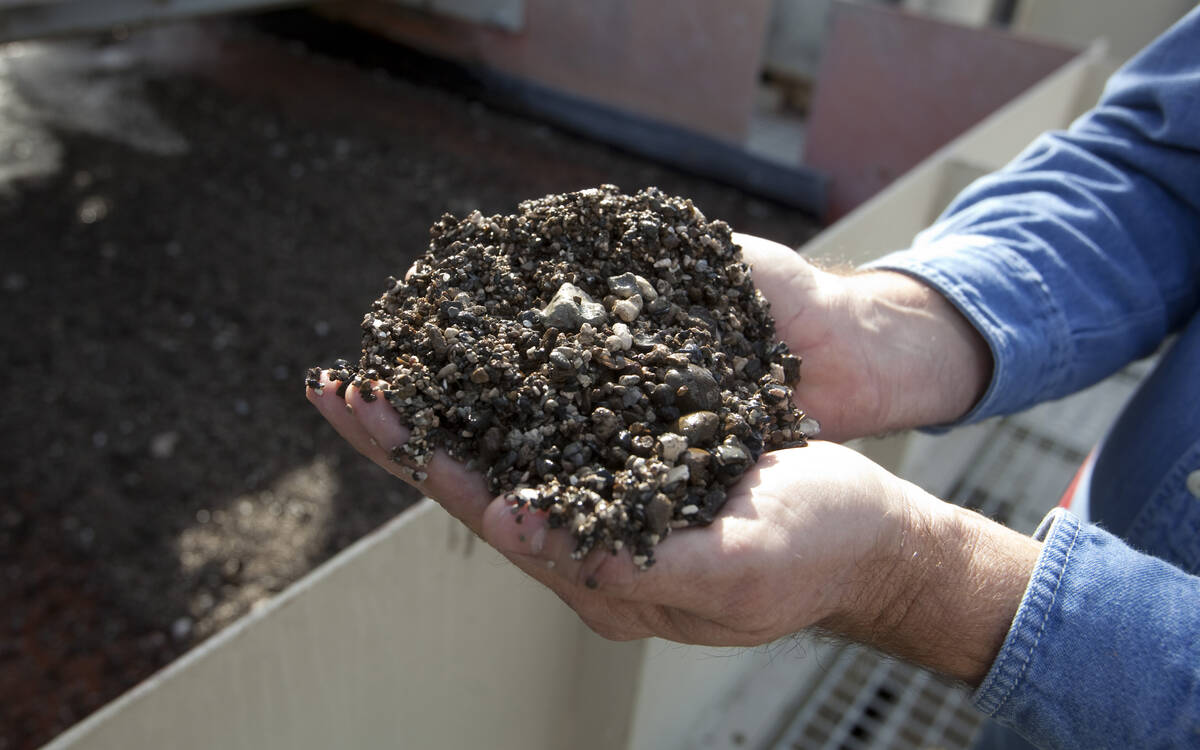A new state-of-the-art infrared seed sorter has been installed at the University of Saskatchewan’s Canadian Feed Research Centre in North Battleford, Sask.
The BoMill TriQ seed sorter can sort as many as 20,000 seeds per second using near infrared technology.
It can analyze every seed in a sample according to criteria such as moisture content, crude protein, starch profile, mineral content, bread making quality and malting quality.
Seeds that pass through the machine are exposed to light waves in the infrared spectrum, analyzed and divided into as many as three seed lots at a rate of three tonnes per hour.
Read Also

Phosphate prices to remain high
Phosphate prices are expected to remain elevated, according to Mosaic’s president.
The machine cost $400,000, while installation and related expenses added another $108,000 to the price tag.
“The machine has been installed and is operational,” said Tom Scott, chair in feed processing technology at the U of S.
Researchers at the centre have conducted preliminary tests with the machine and are now assessing its performance.
One test separated durum kernels based on percentage of hard vitreous kernels. Another separated cereal grains according to the presence of disease pathogens.
Scott said the technology has potential to change the way bulk grains are bought and sold in North America.
Right now, many bulk grain shipments are graded according to visual characteristics rather than end-use quality or nutritional characteristics.
Scott said farmers and others in the grain industry could extract more value out of western Canadian grains if they were sorted and priced according to quality characteristics and nutritional value.
For example, a 100 tonne shipment of feed wheat that contained 25 percent low quality or damaged kernels and 75 percent high quality kernels could be sorted into two separate shipments: one containing 75 tonnes of high quality milling wheat and the other containing 25 tonnes of low grade feed.
Proponents of the technology say widespread commercial use could add as much as $320 million to the value of wheat, durum and barley grown in Western Canada.
The machine in North Battleford will be used primarily in feed research projects.
Fractionating bulk grain samples according to nutritional characteristics will allow feed researchers to develop specialized rations for experimental or commercial use and maximize the nutritional value of bulk feed stocks.
The seed sorter, developed in Sweden, is one of four in use around the world.
Researchers are also hoping the machine will be able to sort a variety of larger grains, including peas, beans, corn and flax.
Western Economic Diversification contributed $328,000 toward the purchase of the new machine.















